Which countries you prefer more to outsource your company services and why?
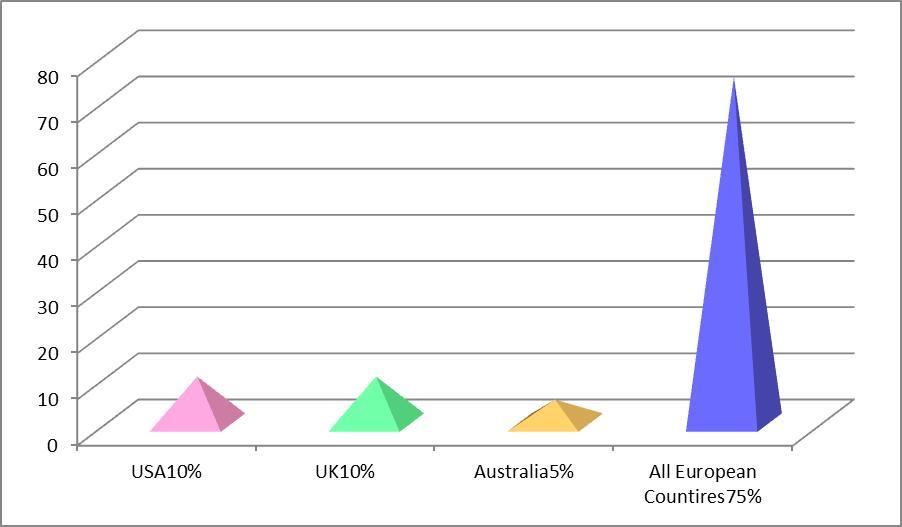
For the above question, within the total number of participants from Infosys, 10% of the participants stated that their company would prefer the USA to outsource their products and services and 10% the UK, 5% of Other participants answered that their company will prefer Australia and finally, 75% stated that their company will prefer all the European countries.
Is your company facing any problems with your local employees while performing global outsourcing process?
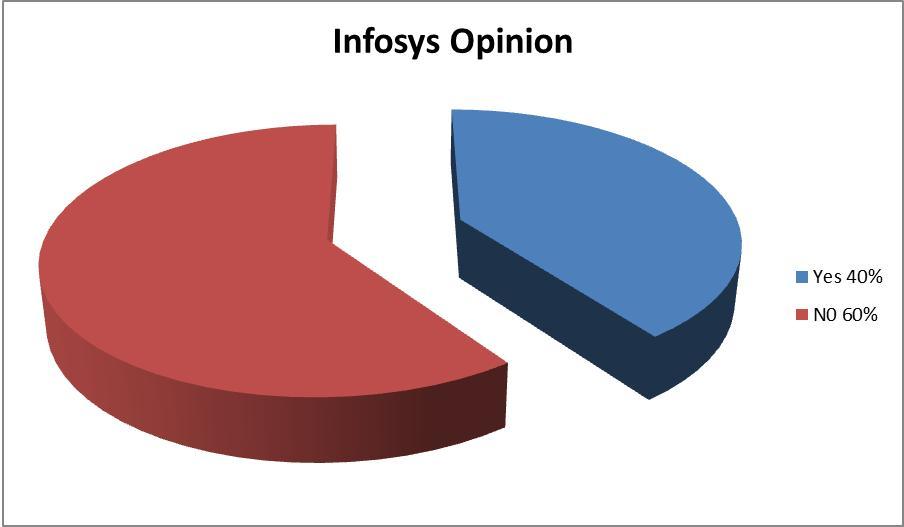
For the above question, within the total number of participants from Infosys, 40% stated that their company is facing problems with their employees while performing the global outsourcing process and 60% of the participants stated that their company is not facing any problems with their employees while performing the global outsourcing process.
Is your company facing any problems with your customers, if yes specify them?
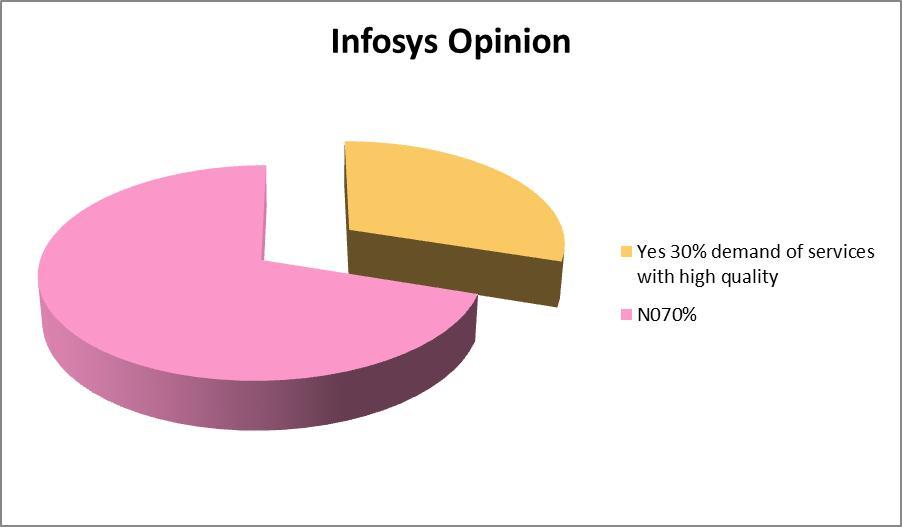
For the above question, within the total number of participants from Infosys, 30% stated that their company is facing problems with their customers for high quality of services while performing the global outsourcing process and 70% of the participants stated that their company is not facing any problems with their customers while performing the global outsourcing process.
Do you think your customers prefer your local services or global outsourcing services?
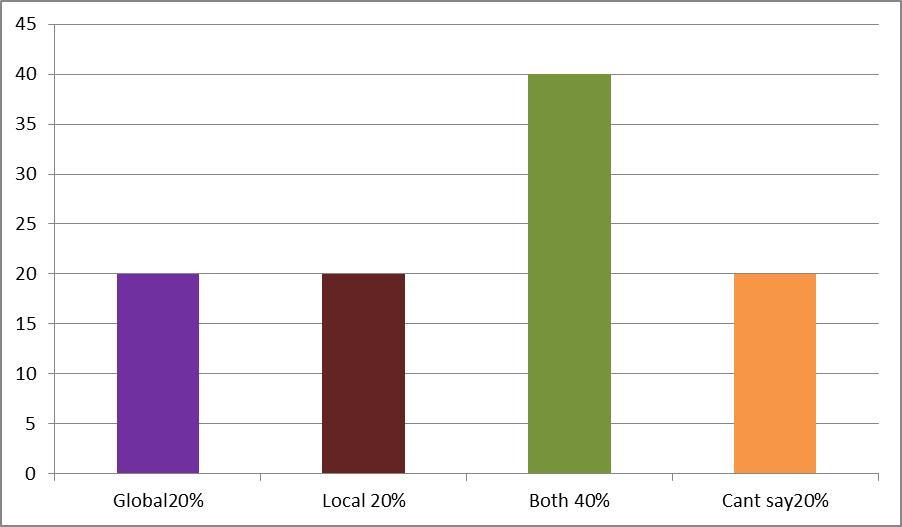
For the above question, within the total number of participants from Infosys, 20% stated that their customers will prefer global services, 20% stated that their customers will prefer local services, 40% stated that their customers prefer both local as well as global services and finally 20% of them stated that they cannot answer this question.
Do you think Infosys Company is giving tough competition in the global market?
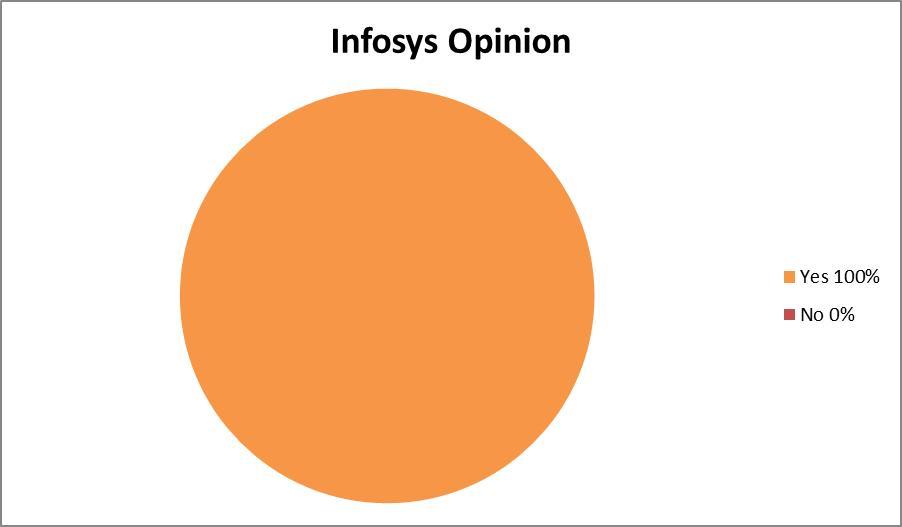
For this question 100% of the participants stated that their company is giving tough competition to the competitors in the marketplace.
Do you think global outsourcing companies are more supportive in getting competitive advantages in the global markets?
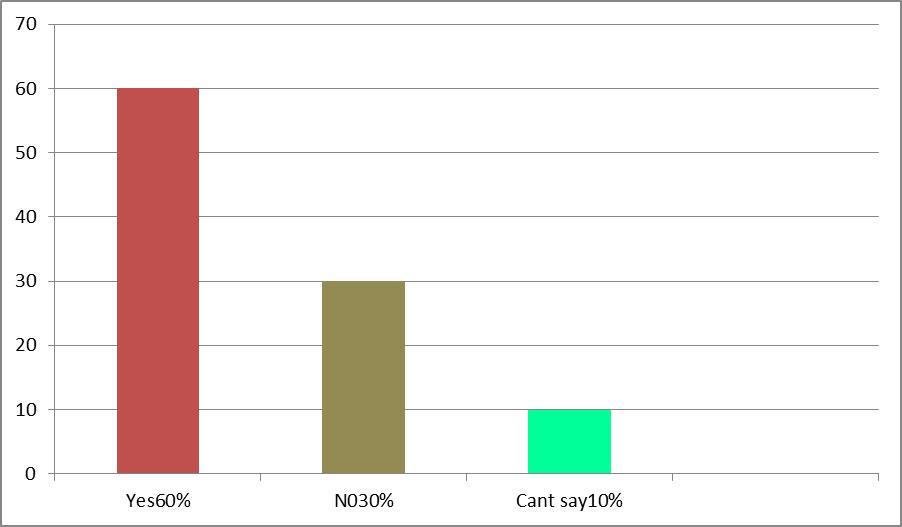
For the above question, within the total number of participants from Infosys, 60% stated that global outsourcing companies are supportive, 30% of the of the participants stated that global outsourcing companies are not supportive and finally 10% of them stated that they cannot state their answer to this question.
What type of global outsourcing strategies is your company following in order to manage the internal and external changes that take place in the process?
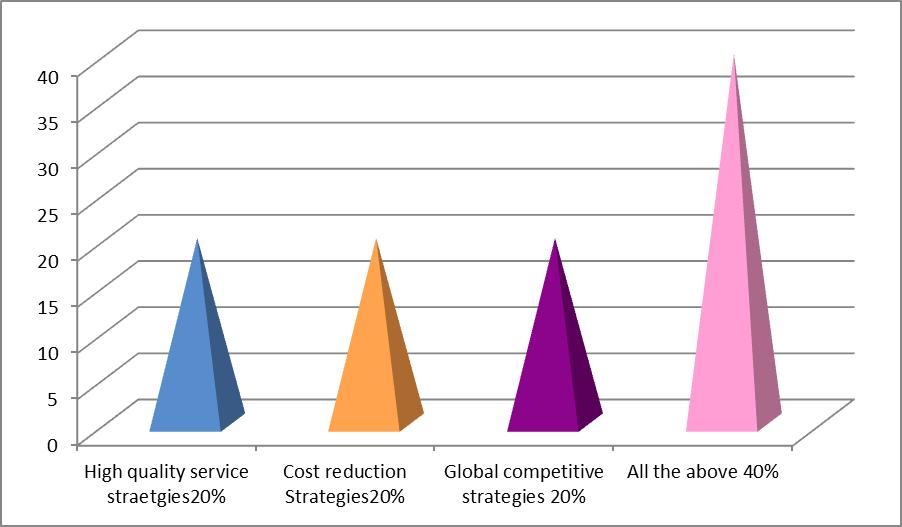
For the above question, within the total number of participants from Infosys, 20% of the participants stated that their company is following high quality service strategies, 20% of them stated that their company is following cost reduction strategies, 20% of them stated that their company is following global competitive strategies and finally 40% stated all the above strategies are used in their company.
On behalf of Infosys Company what views you wish to suggest to global outsourcing companies that outsources Infosys products and services?
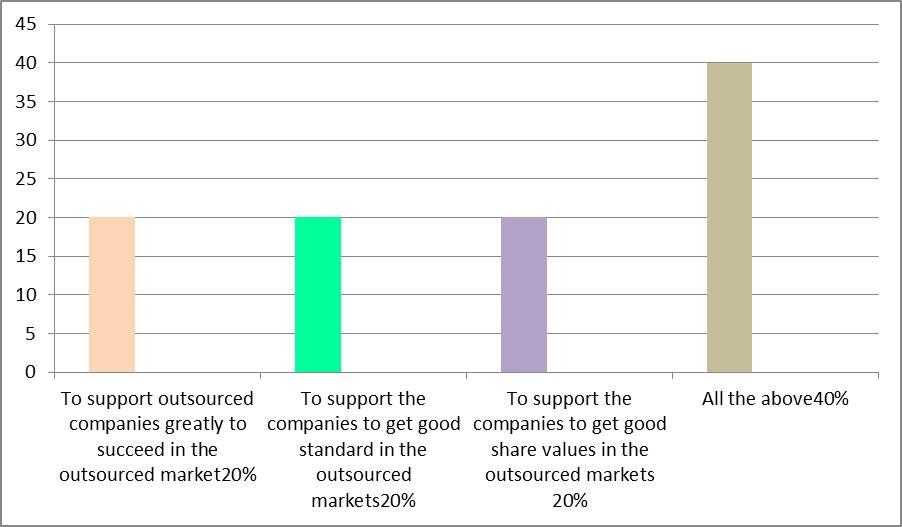
For the above question, within the total number of participants from Infosys, 20% of the participants stated that the outsourcing companies should support the outsourced companies greatly to succeed in the outsourced market, 20% of the participants stated that they should support the outsourcing companies to get good standards in the outsourced market, 20% of them stated that the companies should support then in getting good share values and finally 40% of them stated all the above reasons.








